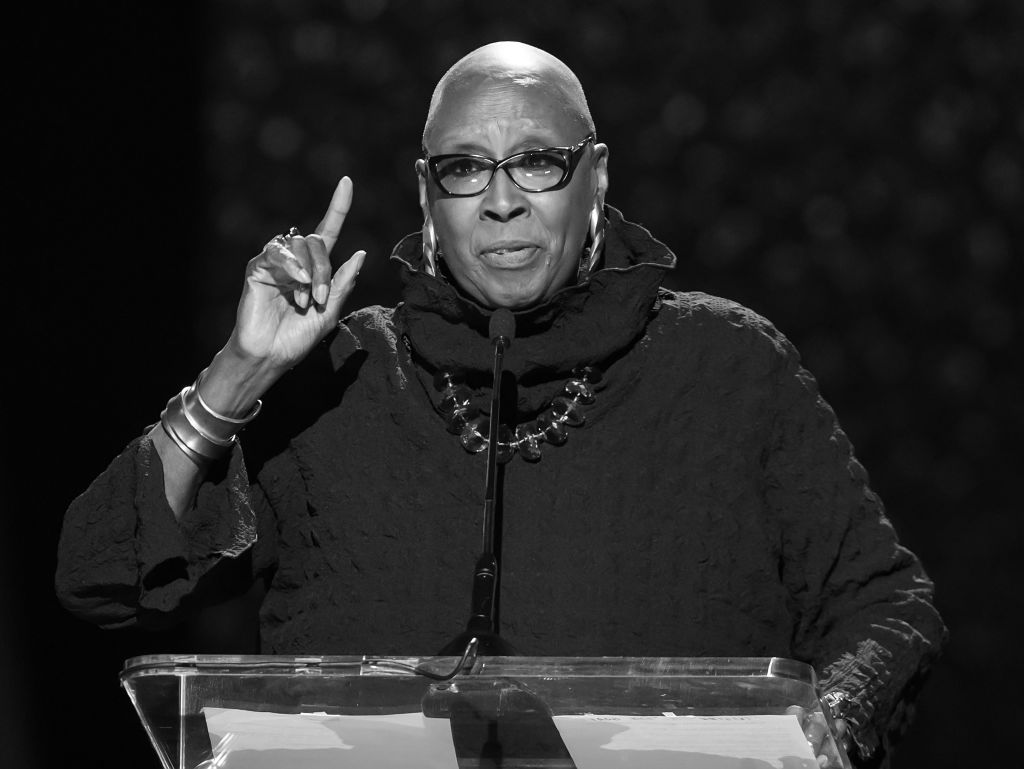Interested in learning what’s next for the gaming industry? Join gaming executives to discuss emerging parts of the industry this October at GamesBeat Summit Next. Learn more.
Cash is censorship-resistant. It’s the only payment mechanism where you don’t need authorization from anyone to spend it. Will we miss it once it’s gone?
This question is pressing as we rapidly move into the digital realm. Governments are considering introducing central bank digital currencies (CBDCs), and the exact ways these electronic equivalents to physical cash will work are being decided right now.
Governments and central banks need to answer the following: If physical cash declines to irrelevance – which is looking the likely route – does this mean our historic right to make payments that are not observable or censorable by the state would die on the same day?
The decline of cash at a retail level
ATM withdrawals still stand at 30-40% lower than they were pre-COVID. Many are asking if this decline in cash for retail purposes means a digital equivalent needs to be launched. However, the exact features that a CBDC would have are political questions, not dry questions of economics or technology.
This is because it is entirely unclear that a CBDC that doesn’t have true cash-like features would address any realistic unmet consumer need. So, we risk the worst of all worlds: building expensive new CBDC systems that fail to gain consumer adoption. We would also risk the possibility of a public backlash when citizens realize a huge amount of their money has been spent on initiatives that hasten the end of their historic right to make payments to whom they choose without having to ask for permission.
In countries without mature payment infrastructures, the case for CBDC is easy to make, with or without the somewhat political overtones. However, the reality is that electronic payments in most of Europe and the UK work really well. It’s so easy to tap your card and pay that you might wonder what remaining problems are left to be solved. However, something often missed about the architecture of the payment card networks is that every payment involves an “authorization”: whenever you tap there is an opportunity for your bank to say “no.” Cards alone don’t provide all the same features as cash; you never have to worry that your cash payment “won’t go through.”
Indeed, ever since humans have traded with each other, it has been possible to engage in direct commerce, without needing permission from a third party. If cash is to fade away, surely something needs to take its place. We’ll regret losing the unique properties that cash, and no other payment method, gave us. We may regret not pushing harder today to ensure that cash’s digital replacement was truly cash-like, with all the good – and bad – that entails.
After all, the ability to hold cash, and spend it without permission, is not only a source of personal freedom and privacy; it is also an enabler of crime and terrorism. So it’s entirely natural for policymakers to see cash’s demise as an opportunity to fight back against the forces of darkness. However, it would be a historic tragedy if, by so doing, we also extinguished all that was good.
In short, we need an informed debate, sooner rather than later, about what the right balance between freedom and law enforcement should be. Who should be allowed to spend money without permission? How much should they be allowed to transact or hold? Where and on what could such digital money be spent?
Convenience vs. privacy
A fair response to my argument would be to say, “If consumers value cash’s unique properties so much, they have a funny way of showing it!” Indeed, a lesson that technologists learn – frequently to their dismay – is that what consumers say they want and what they subsequently do are two entirely different things. In this case, what consumers are doing is choosing the convenience of electronic payments over the privacy and freedom of physical ones.
However, when cards are so easy to use and cash is ever more cumbersome, is it safe to apply this rule of thumb and draw the conclusion that consumers will not complain once their right to keep their transactions private has disappeared? In a world that feels like nothing is private and with increasing concerns around data privacy, it seems a safer bet to assume that consumers will continue to expect to have the ability to pay for some items or services without feeling like they’re being watched. So, it does seem reasonable to insist that a digital form of cash has this property.
Public- and private-sector collaboration is key
It would be natural for policymakers to be instinctively fearful of a system that allows people to make some payments that cannot be traced or blocked. Indeed, some central banks have argued they see CBDCs as a new type of money, not a replacement for cash. Yet if a CBDC doesn’t have some element of this capability, my prediction is it will fail. There would be no reason for consumers in mature economies to adopt such a thing. So, whether a CBDC is positioned as a new form of money or a replacement for the oldest form of money — cash — it’s still important to analyze through the same lens of consumer attractiveness.
If the private sector could deliver a truly cash-like product themselves, then we wouldn’t need this debate. The reality, however, is that the mainstream private sector alone cannot deliver financial privacy of this sort without significant public policy support and engagement. It’s perhaps no surprise, therefore, that the only digital cash-like systems presently in operation are Bitcoin and the systems it inspired: operating entirely outside governmental control and oversight, with no limitations on how “censorship-resistance” is applied.
The irony, therefore, is that it may only be by enabling some level of cash-like-ness in a CBDC, with all that goes with it, that governments and central banks retain a pivotal role when the last-ever cash payment has been made.
A successful digital cash replacement truly requires partnership between the private and public sectors. Luckily, these relationships are strong and active. For example, R3, just like other firms, is working on these problems and has participated in trials of different models of CBDC delivery. In R3’s case, the Corda enterprise blockchain is being used for multiple projects around the world, most recently Project Jura.
With all this in mind, I believe we are at a time where the delicate, political question of “how cash-like should a digital cash platform actually be?” is rapidly becoming the question that will determine the implementation of entire countries’ future cash systems.
Richard Gendal Brown is the chief technology officer at R3.
DataDecisionMakers
Welcome to the VentureBeat community!
DataDecisionMakers is where experts, including the technical people doing data work, can share data-related insights and innovation.
If you want to read about cutting-edge ideas and up-to-date information, best practices, and the future of data and data tech, join us at DataDecisionMakers.
You might even consider contributing an article of your own!
Read More From DataDecisionMakers





















Discussion about this post